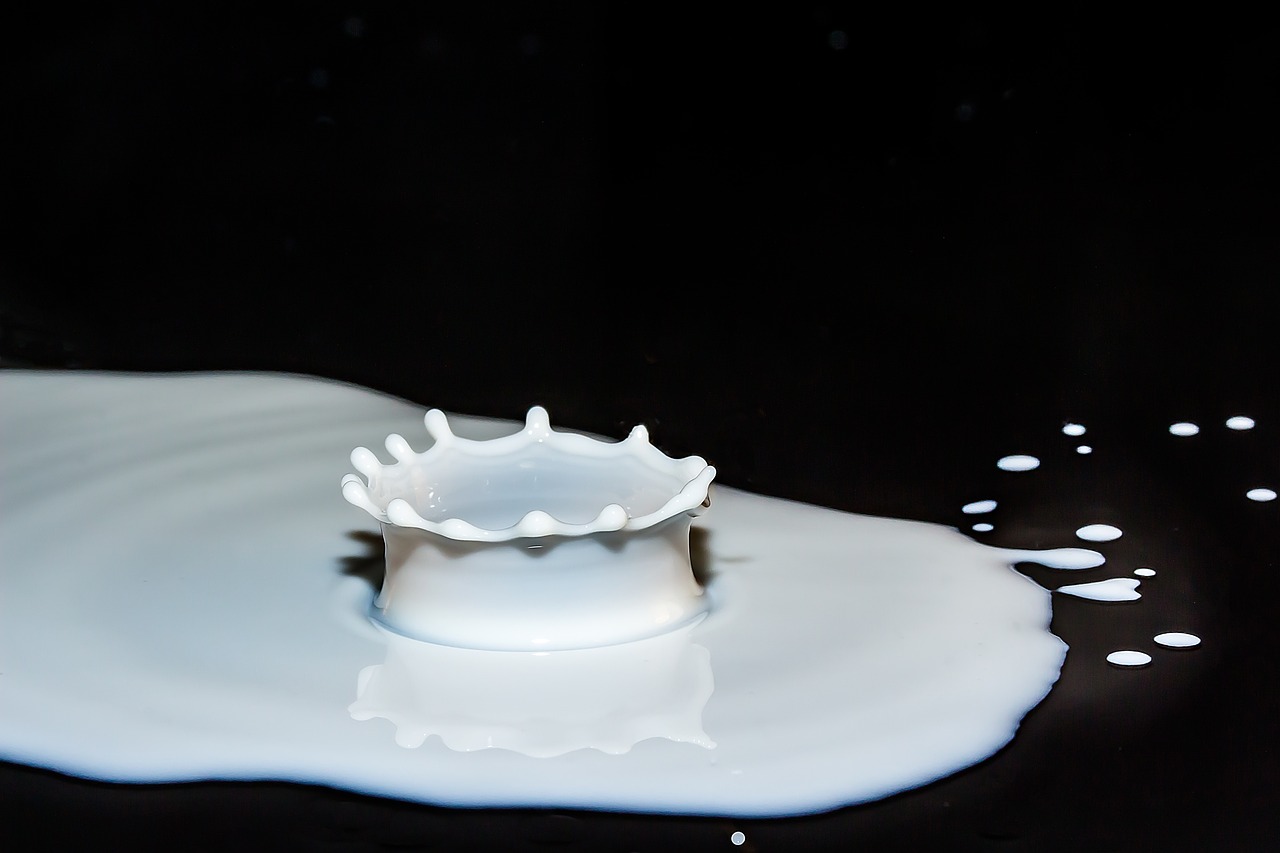

Lactose is a natural sugar found in milk and dairy products. It is made up of two simple sugars – glucose and galactose. For most people, lactose is easily digested and absorbed in the small intestine. However, some people lack the enzyme needed to properly digest lactose, resulting in a condition known as lactose intolerance. In this article, we will explore the science behind lactose, including how the body digests it and what happens when this process goes awry.
Lactose intolerance occurs when the small intestine does not produce enough of the enzyme lactase. This enzyme breaks down lactose into its component sugars, allowing it to be absorbed into the bloodstream. Without adequate lactase, undigested lactose travels to the large intestine. There, it is fermented by gut bacteria, producing gas, bloating, and diarrhea. The underlying cause is usually a decrease in lactase production as we age. Some individuals are born with low lactase levels.
Lactose intolerance can cause varying degrees of abdominal discomfort after consuming dairy products. Symptoms may include abdominal pain, bloating, flatulence, nausea, and diarrhea. These symptoms typically begin 30 minutes to 2 hours after eating lactose-containing foods. The severity depends on the amount of lactose ingested and the individual’s lactase levels. Some people can tolerate small amounts of lactose without issue. Diagnosis is made through elimination diets, breath tests, or lactose tolerance tests. Treatment involves limiting dairy intake and using lactase enzyme supplements when dairy is consumed.
In order to understand lactose intolerance, it helps to look at how lactose is normally digested. When we consume lactose, it travels to the small intestine. There, cells lining the intestine produce the enzyme lactase. Lactase breaks lactose down into glucose and galactose. These simple sugars can then be absorbed across the intestinal wall and into the bloodstream.
Once glucose and galactose are absorbed, they travel to the liver via the hepatic portal vein. In the liver, galactose is converted to glucose. The glucose enters the bloodstream and travels to cells throughout the body to be used for energy. Insulin allows cells to take up and utilize this glucose. Without proper digestion by lactase, this whole sequence is disrupted.
The majority of the global population loses most lactase activity after weaning from breast milk. However, some human populations developed lactase persistence into adulthood. This adaptation allows them to continue digesting lactose from milk and dairy products.
In populations that traditionally herded livestock, like northern Europeans and certain African and Middle Eastern groups, lactase persistence became advantageous. The ability to digest lactose provided a nutritious, calorie-rich food source from milk. Research shows specific genetic mutations confer lactase persistence. Natural selection favored these mutations in cultures that consumed lactose throughout life.
Today, about 65% of humans have lactase persistence as adults. Rates are as high as 90% in northern European countries. This demonstrates how a genetic adaptation can develop when environmental pressures like diet change over time.
Understanding the science behind lactose digestion sheds light on the mechanisms and impact of lactose intolerance. Looking at the evolution of lactase persistence also provides insights into how genetics and diet interact and influence human health.
In a shocking incident on December 4, 2024, Brian Thompson, the CEO of UnitedHealthcare, was…
In an unprecedented step toward financial relief and health equity, the city of St. Paul,…
In early November 2024, a shocking tragedy unfolded in Budapest, Hungary, as American nurse Mackenzie…
If Robert F. Kennedy Jr. were to assume leadership of the U.S. Food and Drug…
On November 1, 2024, federal authorities charged 38-year-old Rebecca Fadanelli, owner of Skin Beaute Med…
In a quaint little restaurant in Echo Park, an up and coming author is sitting…